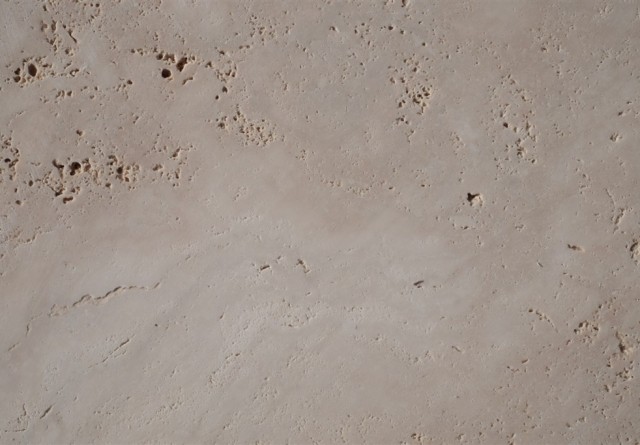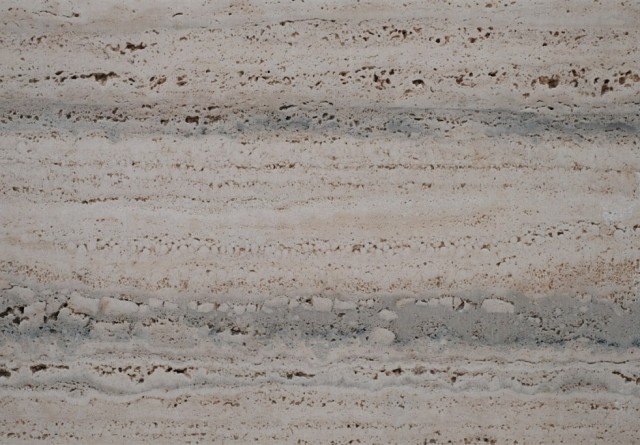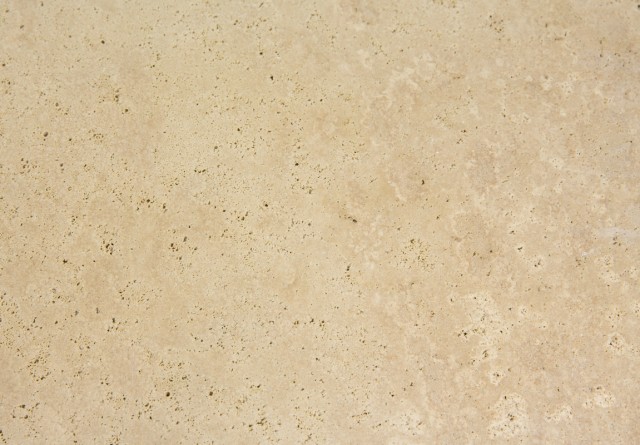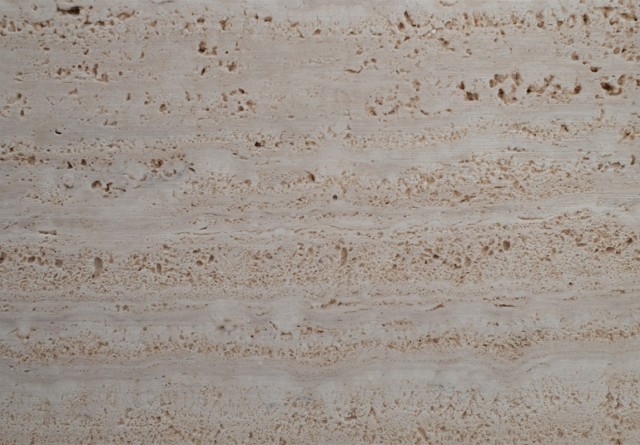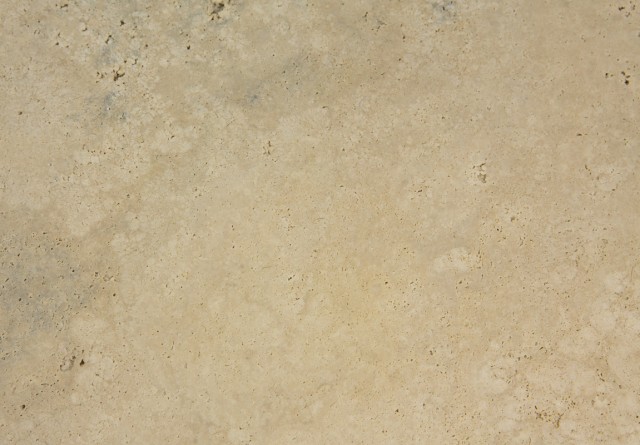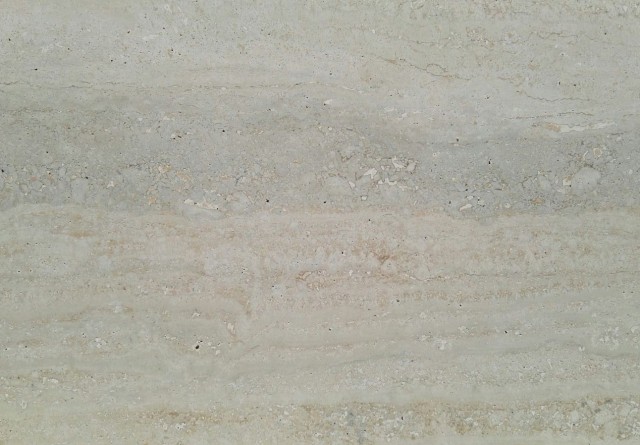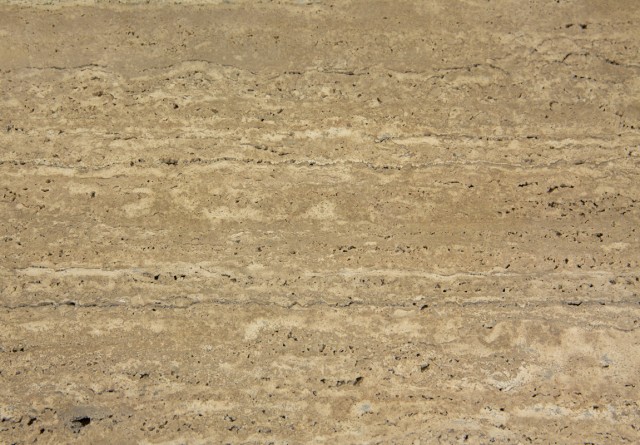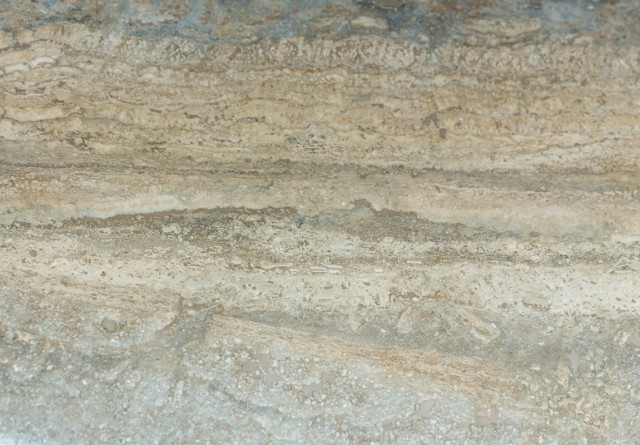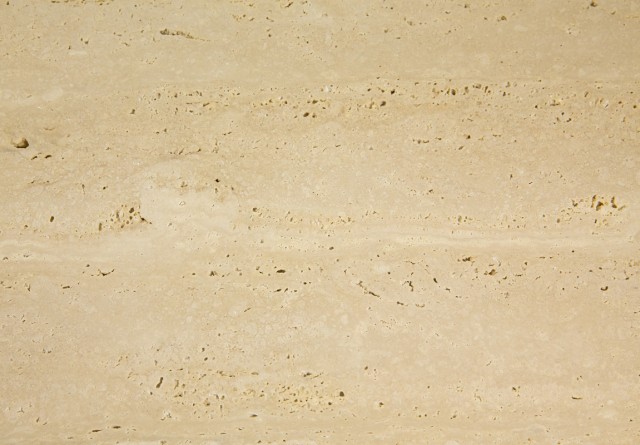There is a wide range of types of travertine available, from Classico to Silver to Noce, which, basically, showcase the different shades of color of this natural stone, originating – in a homogeneous and uniform structure – from the variety of sedimentary deposits and the oxides absorbed during its formation.
The travertine can be cut in two ways: cross cut and vein cut.
– The Cross cut typology is performed parallel to the bedding plane, giving to the travertine a “cloudy” (circular) appearance;
– The Vein cut typology, performed against the bedding plane, along the vein, highlights the stone’s characteristic linear pattern.
– The Cross cut typology is performed parallel to the bedding plane, giving to the travertine a “cloudy” (circular) appearance;
– The Vein cut typology, performed against the bedding plane, along the vein, highlights the stone’s characteristic linear pattern.

